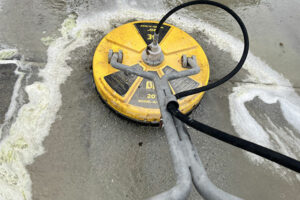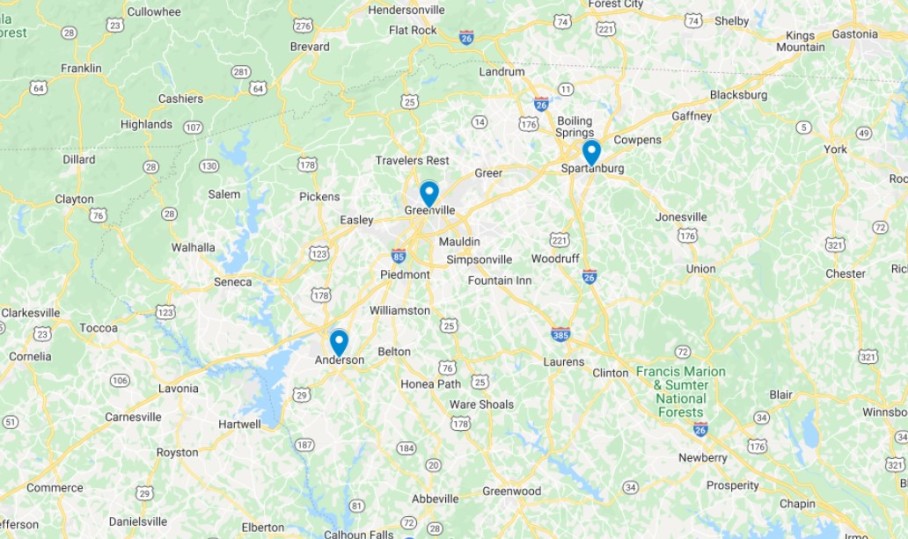Common pressure washing mistakes include:
- Using Too Much Pressure: Applying excessive pressure can damage surfaces, especially delicate ones like wood or soft siding. It can also force water into cracks and crevices, leading to moisture problems.
- Using the Wrong Nozzle or Tip: Different nozzles produce different spray patterns and pressures. Using the wrong nozzle for a particular task can result in ineffective cleaning or damage to the surface.
- Skipping Pre-Treatment: Pre-treating surfaces with appropriate cleaning solutions can help loosen dirt and grime, making the pressure washing process more effective. Skipping this step may require using higher pressure or more aggressive methods to achieve the desired results.
- Not Maintaining the Right Distance: Holding the pressure washer nozzle too close to the surface can cause damage, while holding it too far away may result in ineffective cleaning. Maintaining the correct distance is crucial for optimal results.
- Neglecting Safety Precautions: Pressure washers can be dangerous if not used properly. Neglecting safety precautions such as wearing protective gear, securing the work area, and following manufacturer instructions can lead to accidents or injuries.
- Using Improper Techniques: Moving the pressure washer wand too quickly or too slowly, inconsistent sweeping motions, or not overlapping strokes properly can result in uneven cleaning and streaks.
- Ignoring Environmental Concerns: Pressure washing can result in runoff containing chemicals and contaminants that can harm the environment. Ignoring proper disposal procedures or using harmful chemicals can have negative consequences for the ecosystem.
- Not Testing on a Small Area First: Before starting a pressure washing job, it’s important to test the equipment and cleaning solution on a small, inconspicuous area to ensure it won’t damage the surface or finish.
- Allowing Detergents to Dry: Allowing cleaning solutions to dry on the surface before rinsing can leave behind streaks or residue. It’s important to work in manageable sections and rinse thoroughly after applying detergents.
- Overlooking Regular Maintenance: Proper maintenance of pressure washing equipment, including cleaning filters, inspecting hoses and nozzles, and storing equipment correctly, is essential for optimal performance and longevity.
By avoiding these common mistakes and following best practices, you can achieve better results and prolong the life of your pressure washing equipment while ensuring the safety of yourself and your surroundings.






